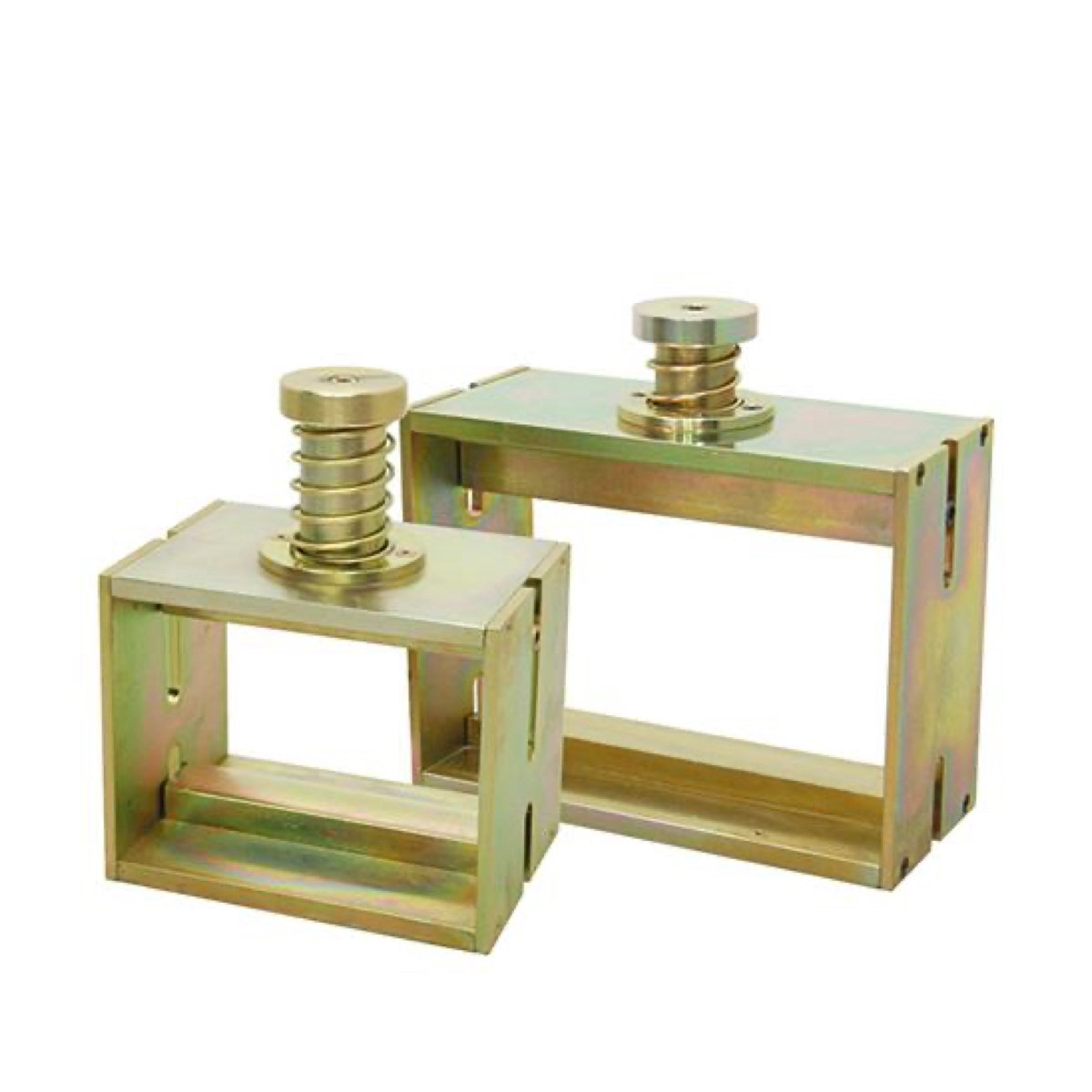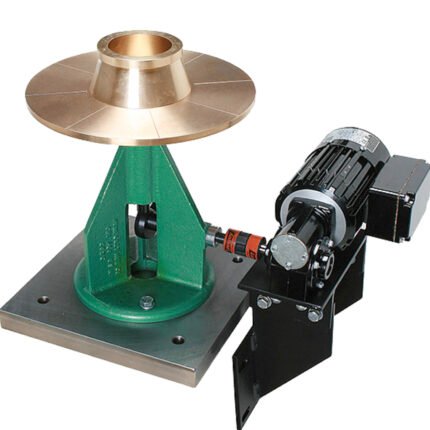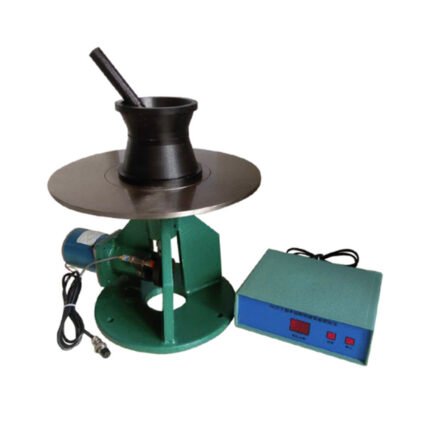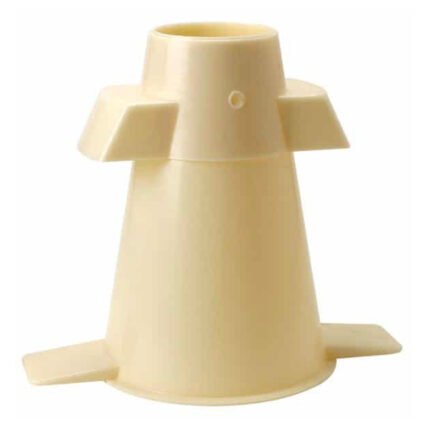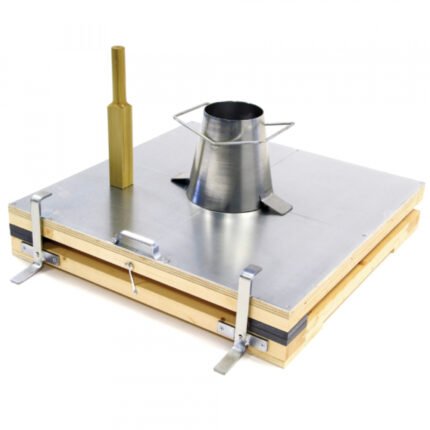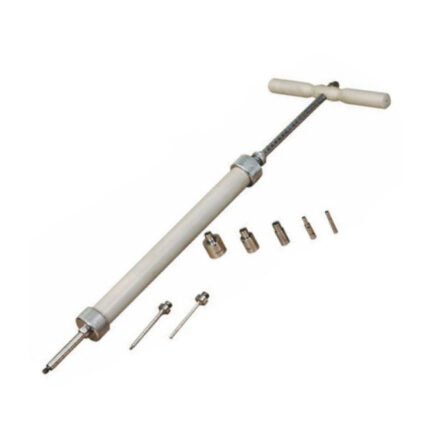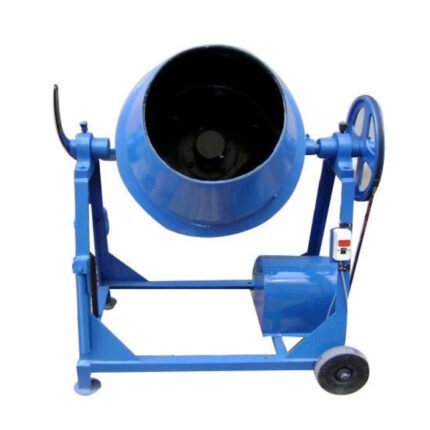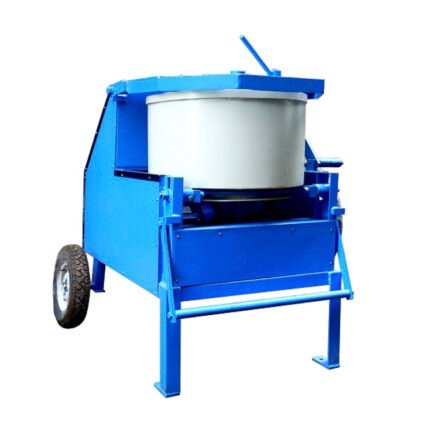AZA 1141 COMPRESSION AND FLEXURAL TESTING MACHINES SPLITTING TENSILE TEST DEVICE
- For testing compressive, flexural, and tensile strength
- Integrated splitting tensile test fixture
- Hydraulic and digital options available
- Conforms to ASTM C39, C78, and C496
- Heavy-duty rigid frame for accurate load transfer
- Suitable for cubes, cylinders, beams
Description
Compression testing machine, flexural testing machine, and splitting tensile test device are combined in a single robust system for comprehensive strength testing of concrete and similar materials. This integrated machine by AZA-LAB is engineered to perform compression testing, flexural testing, and splitting tensile testing with high precision and reliability in accordance with international standards.
The compression testing machine segment is designed for evaluating the compressive strength of cube and cylinder specimens as per ASTM C39. It applies axial load via hydraulics or servo-controlled actuators to ensure uniform stress distribution across the specimen. The high-strength steel frame reduces deflection and maintains accuracy even under high-capacity loading, ranging from 1000 kN to 3000 kN.
Alongside compression, the flexural testing machine component caters to testing concrete beams for flexural strength, complying with ASTM C78. The setup features a dedicated loading frame with third-point or center-point load application, helping identify the modulus of rupture in standard beam sizes such as 100x100x500 mm.
Adding to the system’s versatility, the splitting tensile test device follows ASTM C496 to determine the indirect tensile strength of cylindrical specimens. This is particularly useful for concrete, which performs poorly under direct tension. The machine uses specially designed fixtures to apply diametral compressive force, causing the specimen to split along its vertical axis.
All test functions operate from a shared control console featuring digital readouts of force, displacement, stress, and failure timing. Higher-end models come with automated data acquisition and PC connectivity for streamlined reporting. Manual control variants are also available for simpler lab environments or field use.
AZA-LAB’s testing system is fabricated from corrosion-resistant steel with precise machining to ensure alignment and consistent performance across test cycles. Interchangeable platens, jigs, and spacers enable fast changeovers between different test setups, increasing lab productivity without occupying extra floor space.
Whether you’re conducting research, quality control, or compliance verification, this compression testing machine with flexural and tensile device ensures all your mechanical testing needs are covered in a single, space-saving unit. Each machine is factory calibrated and shipped with documentation for standard compliance and operational safety.
Specifications:
| Feature | Specification |
|---|---|
| Load Capacity | 1000 – 3000 kN (based on model) |
| Testing Functions | Compression, Flexural, Splitting Tensile |
| Control Mode | Manual / Hydraulic / Servo-Controlled |
| Display | Digital / Computer Interface (optional) |
| Standards Compliance | ASTM C39, C78, C496 |
| Platen Size | Varies per model (typically 165 mm dia.) |
| Flexural Beam Size | 100 x 100 x 500 mm or as per requirement |
| Cylinder Size (Tensile Test) | 150 mm dia. x 300 mm height |
| Power Supply | 220–240V, 50 Hz / Customized |
| Frame Material | Heavy-duty steel with anti-corrosion coating |
| Accessories | Flexural fixture, Tensile loading jig, spacers |
Frequently Asked Questions (FAQ):
Q1: Can the machine perform all three tests on a single unit?
A1: Yes, the system is modular and includes fixtures for compression, flexural, and splitting tensile tests.
Q2: Is it compatible with international standards?
A2: Yes, it complies with ASTM C39 (compression), C78 (flexural), and C496 (tensile).
Q3: What specimens can be tested?
A3: Concrete cubes, cylinders, and beams as per standard dimensions.
Q4: Does the machine come with software?
A4: Advanced models support PC connectivity with optional software for data analysis and report generation.
Q5: How often should calibration be performed?
A5: Calibration is recommended annually or after 1000 test cycles, whichever comes first. AZA-LAB provides on-site service.
Additional information
| Load Capacity |
1000 – 3000 kN (based on model) |
|---|---|
| Testing Functions |
Compression, Flexural, Splitting Tensile |
| Control Mode |
Manual / Hydraulic / Servo-Controlled |
| Display |
Digital / Computer Interface (optional) |
You may also like…
AZA 0790 GILLMORE NEEDLE APPARATUS
AZA 0791 FLOW TABLE
AZA 0792 FLOW TABLE (MOTORISED)
AZA 0793 FLOW TABLE
AZA 0794 FLOW TABLE (MOTORISED)
AZA 0795 LE CHATELIER MOULD
Related products
AZA 1101 VEE BEE CONSISTOMETER
- Vee Bee Consistometer for stiff concrete workability testing
- Performs slump test + Vee Bee time for dual accuracy
- Ideal for dry, roller-compacted concrete and pavement mixes
- Vibrating table ensures uniformity in testing
- Includes cone, container, graduated rod & vibration unit
- Built as per IS 1199 and ASTM C1170 standards
- Reliable results in construction material testing labs
AZA 1103 SLUMP CONE, PLASTIC
AZA 1110 CONCRETE FLOW TABLE TEST SET
- AZA 1110 Concrete Flow Table Set for workability testing
- Measures spread diameter after vertical jolts
- Ideal for SCC and high-consistency concrete
- Durable design with precise machining
- Includes cone mould and tamping rod
- Compliant with IS, ASTM, and EN standards
- Easy to clean, store, and maintain in lab settings
AZA 1112 L SHAPE BOX APPARATUS
- AZA 1112 L Shape Box for SCC passing ability test
- Simulates flow through reinforced concrete zones
- Provides H2/H1 ratio for mix assessment
- Ideal for tunnels, bridges, and dense structures
- Built from durable, corrosion-resistant steel
- Complies with EN 12350-10 and EFNARC guidelines
- Used in lab & field conditions for SCC validation
AZA 1115 MORTAR PENETROMETER
- Complies with ASTM C403 Standard
- Used to determine rate of hardening of mortar
- Spring-loaded stem graduated from 0 to 70 kg (1 kg divisions)
- Includes six interchangeable penetration needles
- Measures 25 mm penetration resistance
- Marked shanks at every 5 mm for depth tracking
- Supplied in a protective wooden carrying case
AZA 1116 LABORATORY CONCRETE MIXER (MOTORISED)
AZA 1117 LABORATORY PAN MIXER (CAPACITY 40 LTRS.)
- Designed for preparing concrete cube specimens in labs
- Mixing capacity: 40 litres
- Suitable for aggregate size up to 20 mm
- Fitted with 2 HP motor, 960 RPM, 3-phase operation
- Adjustable mixing blades for dry & wet mix uniformity
- Portable on wheels, easy to clean and operate
- Drum with full-access lid for easy pouring & cleaning
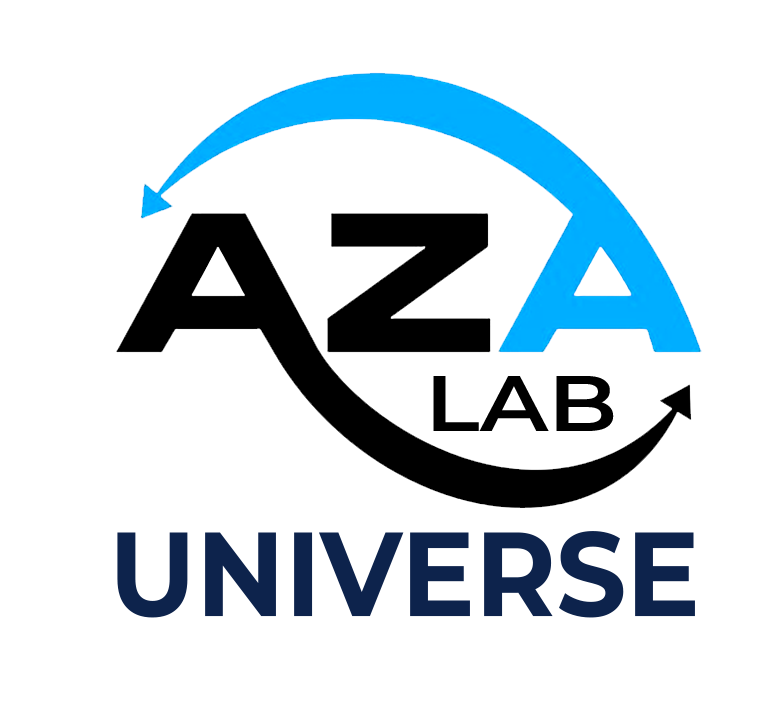
 Rock
Rock Aggregate
Aggregate Cement
Cement Concrete
Concrete Soil
Soil Steel
Steel Bitumen/Asphalt
Bitumen/Asphalt Security Survey Equipment
Security Survey Equipment General Items
General Items